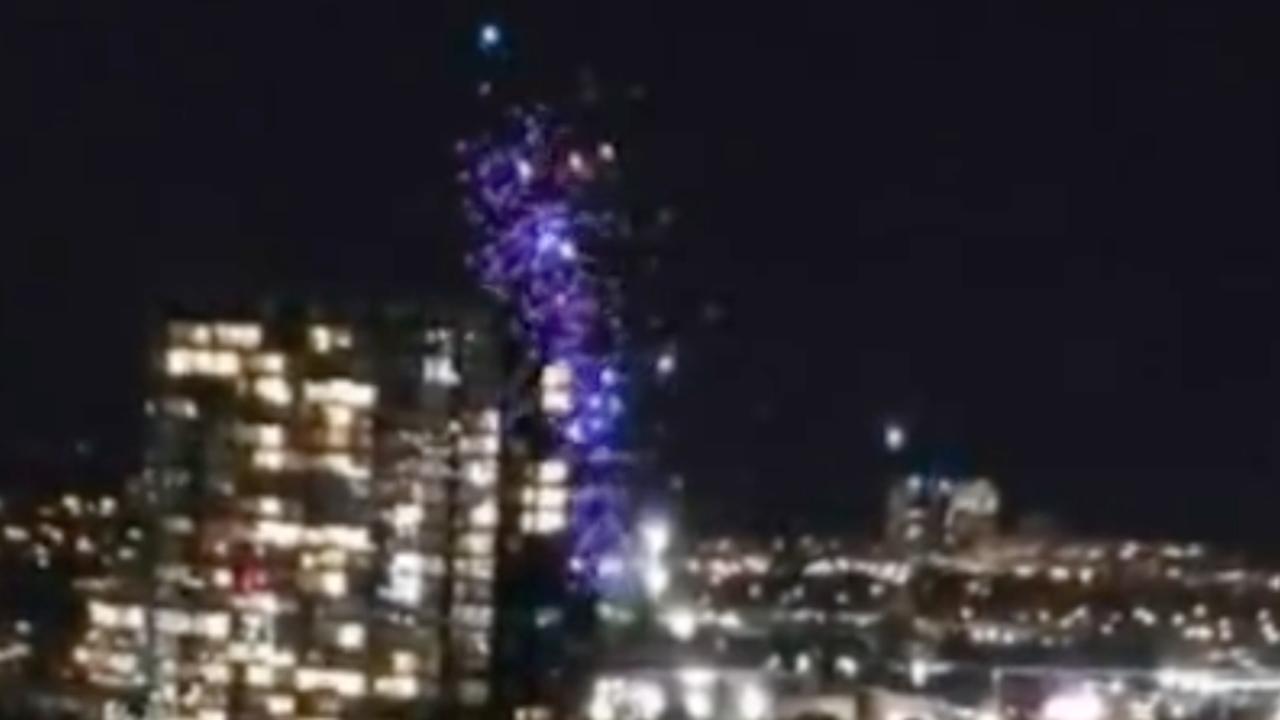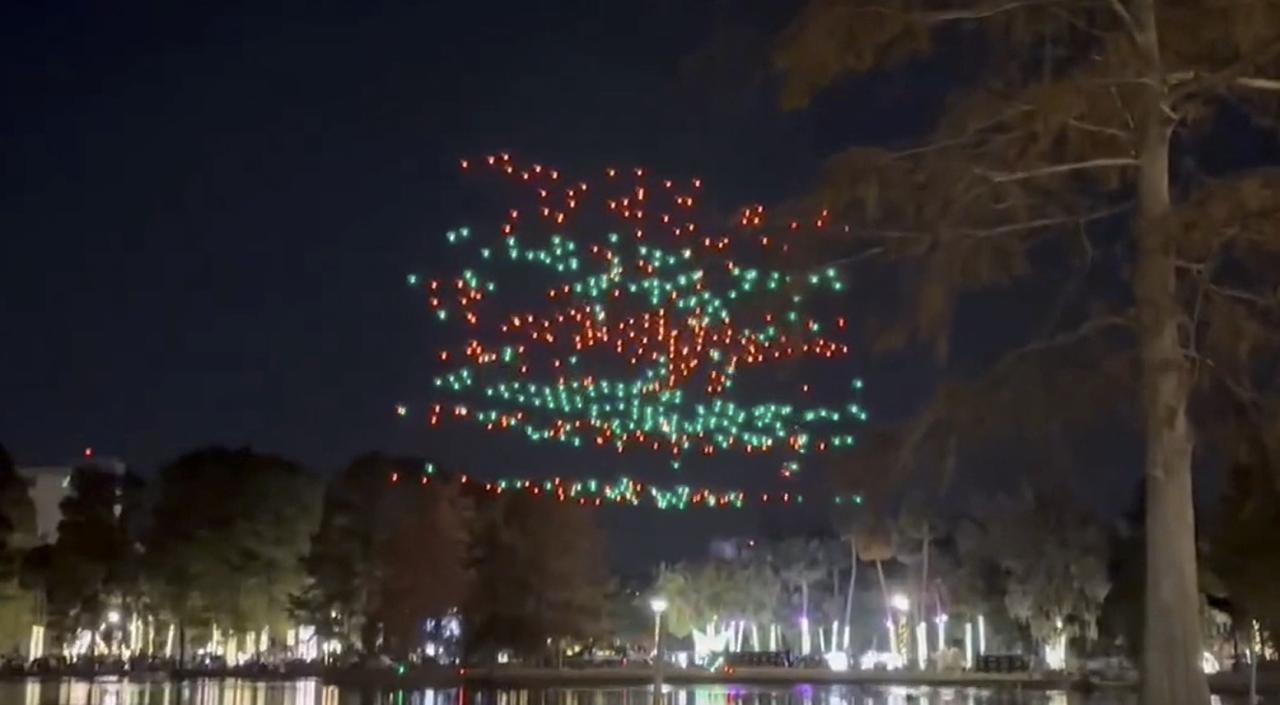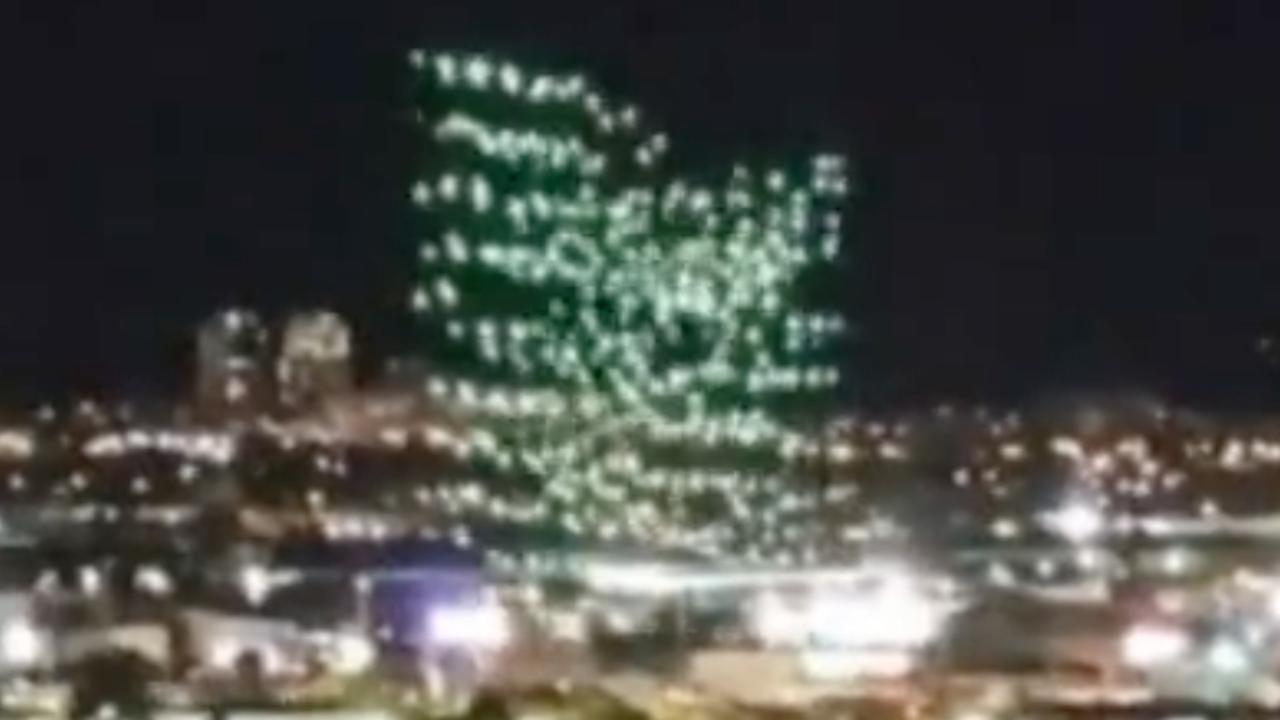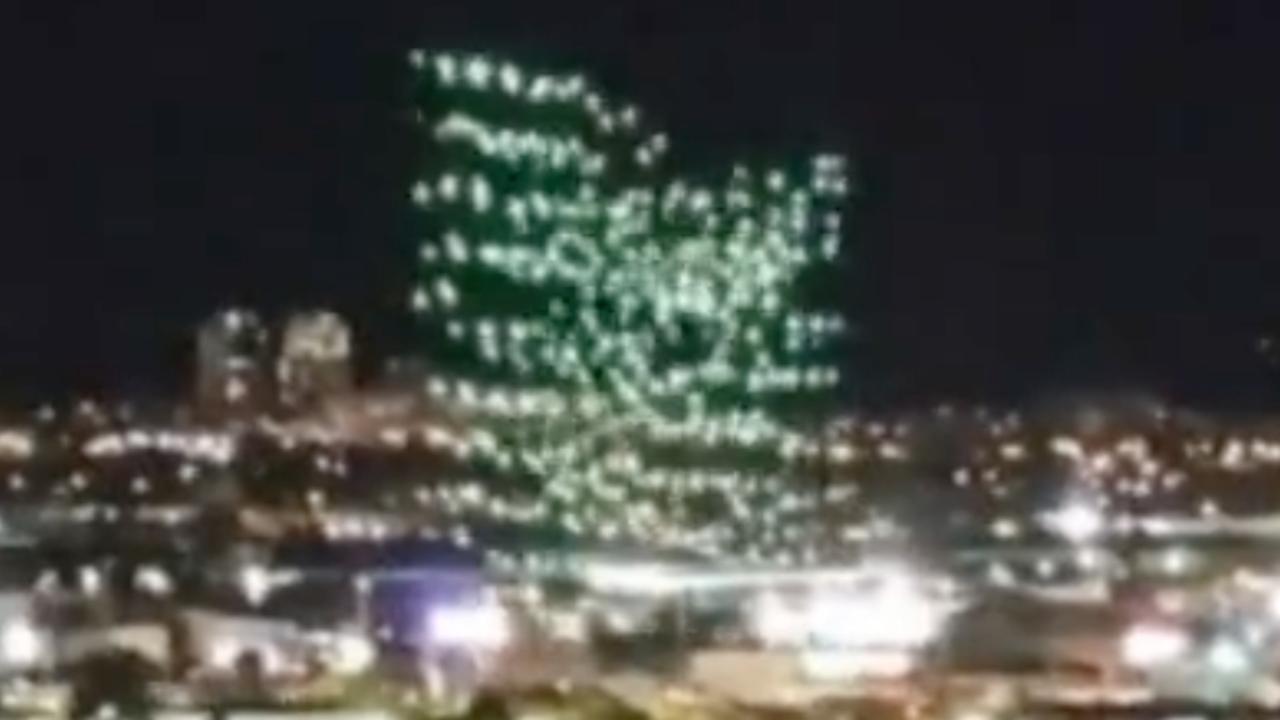Orlando drone show malfunction: A spectacular light show turned unexpectedly chaotic when a significant technical failure disrupted the carefully choreographed aerial display. This incident raises critical questions about drone technology’s reliability, the effectiveness of existing safety protocols, and the potential risks associated with large-scale drone performances. We delve into the sequence of events, exploring the technical aspects of the malfunction and its impact on both the audience and the broader perception of drone technology.
The investigation will cover potential causes, ranging from software glitches and hardware failures to environmental factors influencing the drones’ performance. We will examine the role of GPS and communication systems in the incident, analyzing the safety measures implemented and their effectiveness. The analysis will also consider the public’s response and the media’s coverage, comparing this event to similar incidents worldwide to draw broader conclusions about the safety and reliability of drone shows.
The Orlando Drone Show Malfunction
A spectacular drone show over Orlando experienced an unexpected malfunction, resulting in a chaotic and unsettling spectacle for the thousands of onlookers. This incident highlights the inherent risks associated with large-scale drone displays and underscores the need for robust safety protocols and technological advancements in the field.
The Orlando Drone Show Incident: A Detailed Account
The incident unfolded during the climax of the drone show. Prior to the malfunction, the drones had been performing flawlessly, executing intricate formations and dazzling light displays. The sequence of events leading up to the failure involved a seemingly smooth transition between pre-programmed routines. However, approximately halfway through the performance, a significant number of drones deviated from their designated flight paths.
The specific nature of the malfunction appeared to involve a loss of synchronized control, with individual drones exhibiting erratic movements, including uncontrolled descents and collisions. Audience members described scenes of confusion and concern, with some expressing fear as drones veered unpredictably. Show organizers immediately initiated emergency protocols, attempting to regain control and bring the drones down safely. A timeline of the incident could be constructed as follows: 7:00 PM – Show begins; 7:25 PM – Malfunction commences; 7:30 PM – Emergency protocols activated; 7:40 PM – Majority of drones safely landed; 7:45 PM – Show officially cancelled.
Technical Aspects of the Malfunction

Several factors could have contributed to the drone malfunction. Potential causes include software glitches within the central control system, hardware failures in individual drones (e.g., GPS module malfunctions, motor failures, or communication system breakdowns), or interference from external environmental factors (e.g., radio frequency interference or unexpected wind gusts). The incident highlights the crucial role of GPS and communication systems in maintaining the synchronized flight of numerous drones.
Any disruption to these systems can lead to a cascade of failures. While the specific safety protocols employed remain undisclosed, the immediate response from the organizers suggests the existence of some emergency procedures, though their effectiveness in completely preventing the situation from escalating needs further investigation. A hypothetical improved safety system could incorporate redundant GPS and communication channels, improved error detection and recovery mechanisms within the drone software, and a failsafe system that would automatically bring down drones in case of communication loss or GPS signal failure.
Impact and Aftermath
Fortunately, there were no reported injuries or significant property damage resulting from the malfunction. However, the incident generated considerable public attention and media coverage, with many expressing concerns about the safety of large-scale drone shows. Show organizers issued public apologies and launched a thorough investigation into the cause of the malfunction. They also promised to implement enhanced safety measures for future events.
The recent Orlando drone show malfunction highlighted the complexities of large-scale aerial displays. Such incidents underscore the importance of meticulous planning and robust safety protocols, a point well-illustrated by the generally successful shows documented on sites like florida drone show websites. Understanding these successes and failures helps improve future Orlando drone show performances and minimizes the risk of similar technical issues.
Comparing this incident to similar drone show malfunctions requires access to a comprehensive database of such events. However, a general comparison, based on anecdotal evidence, can be illustrated below.
| Location | Date | Nature of Malfunction | Outcome |
|---|---|---|---|
| [Location 1] | [Date 1] | [Description of malfunction 1] | [Outcome 1] |
| [Location 2] | [Date 2] | [Description of malfunction 2] | [Outcome 2] |
| [Location 3] | [Date 3] | [Description of malfunction 3] | [Outcome 3] |
Drone Technology and Safety Regulations, Orlando drone show malfunction

Current regulations and safety standards governing drone shows vary across jurisdictions, but generally emphasize aspects such as operator certification, airspace restrictions, and emergency procedures. However, the limitations of current drone technology include vulnerabilities to GPS signal disruptions, software glitches, and hardware failures. Improvements are needed in areas such as fail-safe mechanisms, redundant communication systems, and improved obstacle avoidance technology.
Human oversight plays a crucial role in drone operations, and operator training needs to encompass advanced troubleshooting and emergency response procedures.
The recent Orlando drone show malfunction highlighted the inherent complexities of large-scale drone displays. One wonders if companies like those showcasing their technology, such as sky elements drones , might offer insights into preventing similar incidents. Ultimately, the Orlando malfunction underscores the need for robust safety protocols and advanced technology to ensure future drone shows run smoothly.
- Implement stricter safety protocols and more rigorous testing of drone systems before large-scale events.
- Invest in redundant communication and GPS systems to mitigate the risk of signal loss.
- Develop improved obstacle detection and avoidance technology.
- Enhance operator training programs to include advanced troubleshooting and emergency response skills.
- Establish clearer regulatory frameworks for drone shows, with consistent standards across jurisdictions.
Visual Representation of the Incident

The visual appearance of the malfunctioning drones was chaotic. Instead of the synchronized, coordinated movements of the planned display, the drones exhibited erratic flight paths, some descending rapidly while others veered sharply in unpredictable directions. Their lights, initially creating a mesmerizing spectacle, became a source of anxiety as they flickered erratically and failed to maintain the intended formations.
The visual impact on the audience was jarring, transforming a planned artistic display into a scene of uncontrolled chaos. The flight path of the drones before the malfunction would have been a carefully choreographed sequence of movements, but during the malfunction, it would have resembled a series of unpredictable vectors, with many drones deviating from their intended paths and some colliding.
After the malfunction, the flight paths would have involved controlled descents to the ground, likely guided by emergency protocols. The intended visual experience of a synchronized, artistic display was entirely lost, replaced by a disorienting and somewhat frightening scene.
The Orlando drone show malfunction serves as a stark reminder of the inherent complexities and potential risks involved in large-scale drone operations. While the immediate aftermath involved no serious injuries, the incident highlights the urgent need for improved safety protocols, more robust technology, and enhanced operator training. Moving forward, a comprehensive review of current regulations and a proactive approach to technological advancements are crucial to prevent similar incidents and ensure the safe and responsible use of drones in public displays.
FAQ Corner
What type of drones were used in the Orlando show?
This information would need to be sourced from official show information or news reports about the incident.
Were there any legal ramifications following the malfunction?
The recent Orlando drone show malfunction, with its spectacular but ultimately flawed display, highlights the complexities of large-scale drone operations. This incident prompts reflection on the technological challenges involved, particularly when considering the precision required in military applications, such as the recent ukraine drone attack on russia , which showcased both the potential and the inherent risks of drone technology.
Ultimately, both events underscore the need for robust safety protocols and advanced technology to ensure reliable performance.
The answer depends on the investigation’s findings and any subsequent legal action taken by involved parties or regulatory bodies.
What was the estimated cost of the damage or repairs?
This information would likely be considered proprietary information and may not be publicly available.
How long was the drone show delayed or cancelled after the malfunction?
The duration of any delay or cancellation would be detailed in news reports or official statements from the show organizers.
